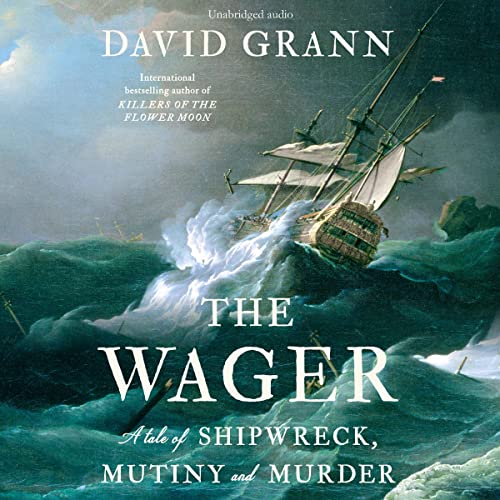Introduction:
In the ever-evolving landscape of education, where standardized tests and rigid curricula often dictate the learning process, it is crucial for teachers to remember the profound impact of fostering a love for reading in their students. Enter ‘The Book Whisperer’ by Donalyn Miller, a game-changing book that holds profound insights and inspiration for educators seeking to ignite a passion for reading in their classrooms. In this article, we explore why every teacher should delve into this remarkable work and discover the transformative power it possesses.
- The Power of a Reader-First Approach:
At the heart of ‘The Book Whisperer’ lies a simple but profound idea: to create lifelong readers, teachers must prioritize the act of reading itself. Miller passionately argues that educators should move away from solely focusing on test scores and predetermined reading lists and instead cultivate an environment where students are given the freedom to choose their own books, follow their interests, and develop a genuine love for reading. This reader-first approach fosters intrinsic motivation, independence, and a deep engagement with literature.
- Nurturing Reading Identity:
One of the most powerful aspects of ‘The Book Whisperer’ is its emphasis on helping students develop a reading identity. By encouraging students to explore a wide range of genres and authors, Miller guides teachers in helping students discover their own unique reading preferences and strengths. Through various strategies such as book talks, reading conferences, and individualized recommendations, educators can empower students to see themselves as readers, building confidence and self-esteem in the process.
- Creating a Reading Community:
Miller beautifully illustrates the importance of creating a reading community within the classroom. She emphasizes the value of regular discussions, sharing of books, and fostering a safe space where students can express their thoughts and emotions related to what they read. By establishing a collaborative environment, teachers can cultivate a sense of belonging, encourage empathy, and develop critical thinking skills through thoughtful conversations centered around literature.
- Rethinking Assessment and Accountability:
In ‘The Book Whisperer,’ Miller challenges traditional methods of assessment and accountability by advocating for authentic measures that truly reflect a student’s reading growth. Rather than relying solely on standardized tests, she encourages teachers to use alternative means such as reading journals, book reflections, and personal reading goals. This shift allows for a more comprehensive understanding of a student’s reading abilities while preserving the joy and intrinsic motivation that comes from the act of reading itself.
- The Teacher as a Role Model:
Miller reminds teachers that they are the ultimate role models for their students. By sharing her personal journey as a passionate reader, she inspires educators to lead by example, actively engaging in reading alongside their students. Demonstrating genuine enthusiasm and modeling the habits of lifelong readers, teachers can inspire a love for books and reading that extends far beyond the classroom walls.
Conclusion:
‘The Book Whisperer’ offers a refreshing perspective on teaching and reading that can profoundly impact both educators and students alike. Donalyn Miller’s insights and inspiration serve as a reminder of the transformative power that lies within a teacher’s passion for reading. By embracing the reader-first approach, nurturing reading identities, fostering reading communities, rethinking assessment methods, and embodying the role of a passionate reader, teachers can unlock the potential for a lifelong love of reading in their students. As every teacher reads ‘The Book Whisperer,’ they embark on a journey of transformation and become catalysts for nurturing a generation of passionate readers.











